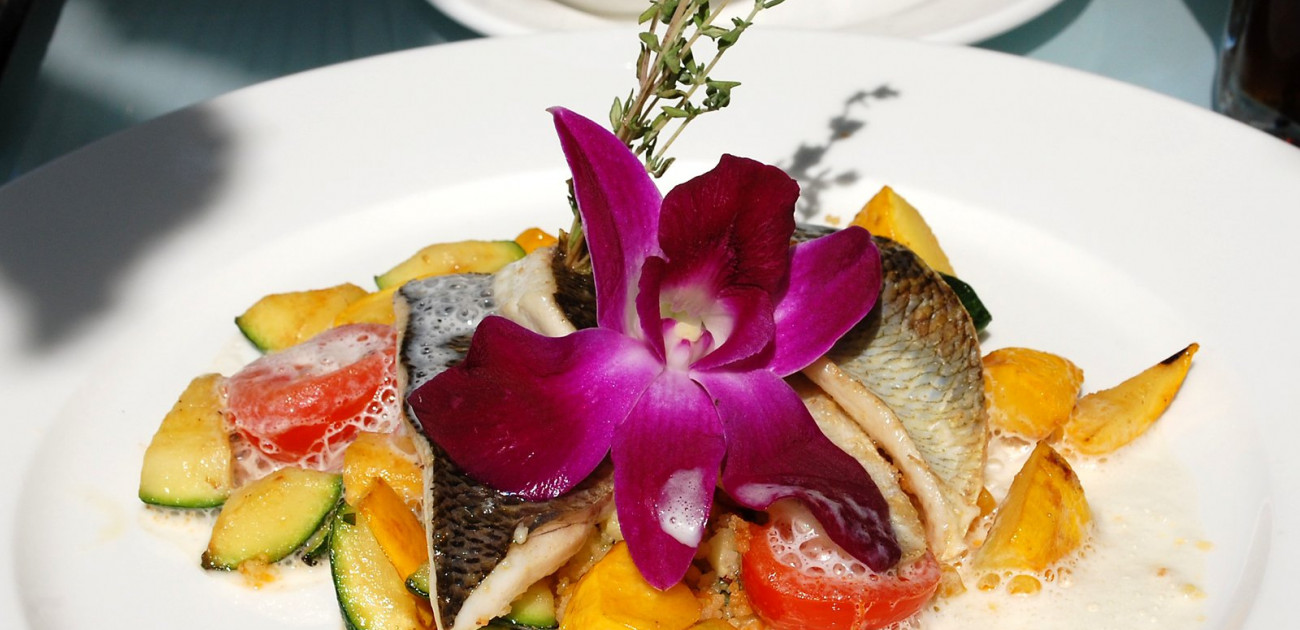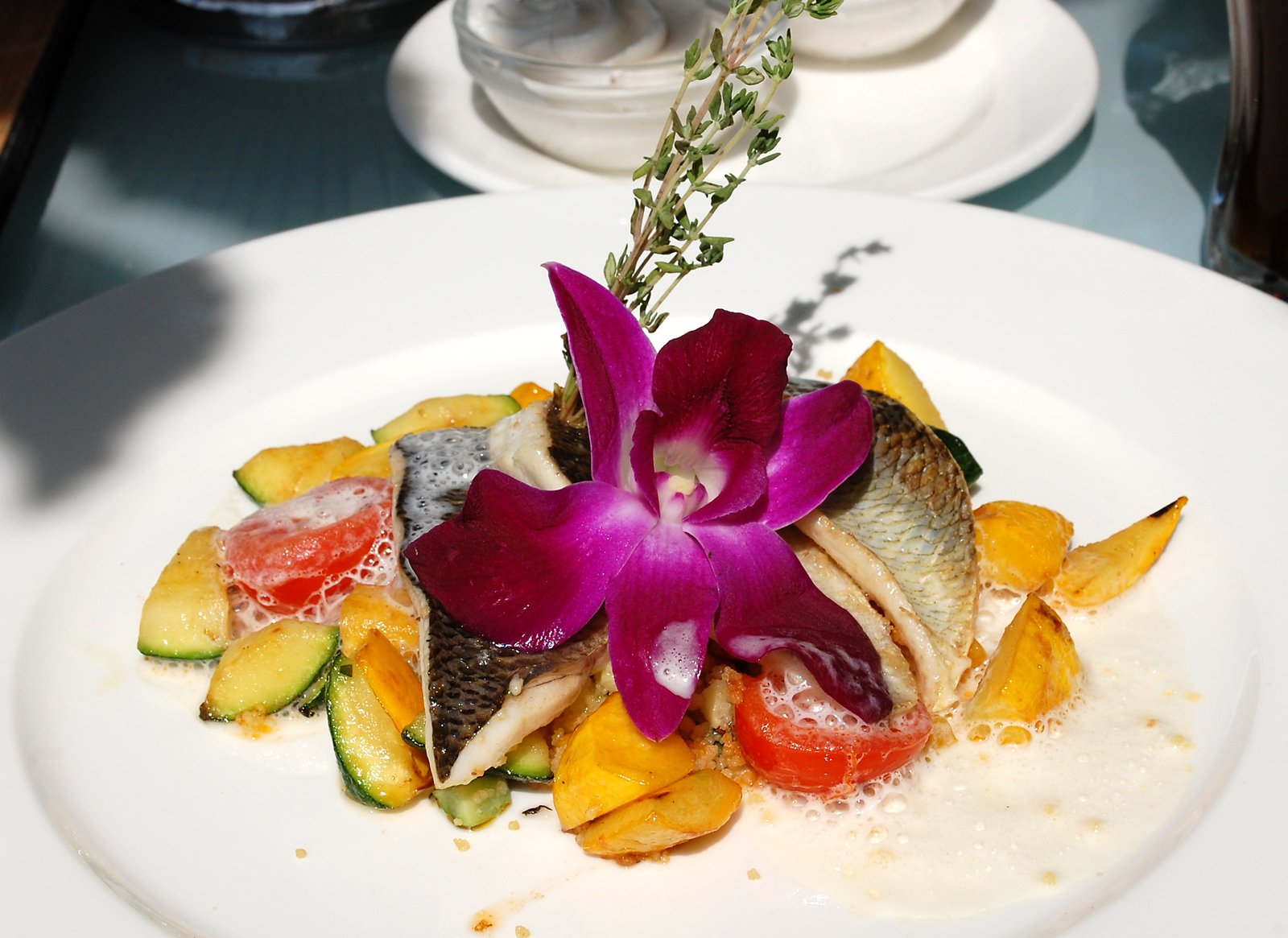03 September 2011
Four Days In Munich - Some Traditional Restaurants (19 - 22 August 2011)

I went to Munich with our eldest, Jay, the other weekend ostensibly to show him Germany and visit my aunts and uncle. However, we managed to sneak in a match at the Alliance Arena between FC Bayern Műnchen and Hamburger SV, where Arjen Robben, Bastian Schweinsteiger and team blew Hamburger apart 5:0 and should have had more and the Boulder World Cup 2011 at the Olympia Stadium. The weather was blisteringly hot at 35oC in the day and 25oC at night; way too hot for country boys from the North of England. We enjoyed ice creams on the Starnberger See and lolled around the Ungererbad in Munich. We were not the only people suffering as the locals were packed like sardines along the shoreline of the Starnberger See and covered almost all the lawns and edges of the swimming pools at the Ungerer Bad.
But it was the changes that struck me more than the heat. I have been coming to Bayern all my life, yet have not been back for maybe 7 or 8 years, seeming to go to Nűrnberg, which while technically part of Bavaria is so very different – a bit like North Yorkshire being significantly different culturally from South Yorkshire, i.e. same county but different ways of life. Everyone was more cosmopolitan in style, so where the Bavarian style of dressing had its own look which often seemed jarring – bright orange jackets, dark grey trousers and white socks – nowadays the way of dressing was international urban chic, so the young could almost have been from any US or British TV show. Yes, there were still a few people wearing lederhosen and dirndls, but they were largely for tourists or dressing up for special occasions like some young ladies out for a hen party that we saw at the Chinesischer Turm in the Englischer Garten. However, this change in style did mask little difference in racial make-up which was largely white German with a smattering of Turkish and Vietnamese, but few African, Chinese or Indian. So while in London, you get every language being spoken, in Munich it remains a German sound, albeit with a thick Bavarian accent. Another example of our shrinking world was the ice creams we had from a kiosk by the Starnberger See, where the ice cream was sold in as local (which it probably was), but is actually made by part of Richmond Ice Cream via Roncardin Ice Cream that is based near us in North Yorkshire and is now the largest private label ice cream manufacturer in Europe – Jamie Lambert has come a really long way since he set it up as a way to utilise the excess milk available in the UK and won a contract from own label ice cream with a small, but growing Morrisons Supermarket. The local mineral waters are all owned by Nestlé.

Then there was the change in cuisine. Speaking to my aunts and uncle, they have said that most of the traditional restaurants have shut and opened as ethnic restaurants with the ubiquitous burger bars, pizzerias, Chinese, Indian and Turkish restaurants. There are fewer local style restaurants about, but the tourist driven ones like the Hofbräuhaus and Nűrnberger Bratwurst Glockl am Dom will probably survive. We wandered through the Hofbrauhaus, enjoying looking at the huge hall upstairs with vaulted roof, and ate 8 bratwursts with sauerkraut at one of the tables outside. My father and mother ate 4 weiβwűrst, which were lovely but I was not in the mood. The good bratwűrsts were excellent, but 2 of them were charred to hell by the chef, who was cooking them without much love or care over a barbecue inside, which was disappointing as was the brusque service and a refusal to give us some potatoes with the sausages.


We stayed at the Hotel Biederstein in Schwabing, so we ate a few suppers at Osterwaldgarten, which is another traditional restaurant, where we once again ate outside. Here, we had several delicious simple meals, including: schnitzel, fried potatoes and salad; pfifferlinge and lightly-fried Serrano ham salad and baked saubling with fries and salad. The beer is Franziskaner and Spaten beer. All were delicious, the atmosphere was wonderful and friendly (geműtlich) and genuine rather than the slightly touristy style of the restaurants in the centre of Munich.
This style of cuisine was continued at Sankt Emmerams, which is on the northern side of the Englischen Garten. This is on the site of an old mill that was here from the 1400s until 1866 when the owners started selling beer and breads, then by 1890 it had become closer to its current style of restaurant. Here, we ate: roast pork in dark beer sauce (dunkelbier) with potato knodel and cabbage with speck salad; roast shoulder of pork in dark beer sauce, potato knődel and salad and roast duck with knodel and red cabbage. All washed down with Spaten pils and spezi – a Bavarian speciality of cola mixed with orangeade, which is delicious yet curiously not drunk elsewhere. Sankt Emmerams is an excellent location, hidden away from tourists. On the downside, the food was heavy on the salt, especially the jus, but the pork and duck were excellent, while the potato knodel were fine, even if still an acquired taste.
On the Sunday, we took the S-Bahn out to Starnberg. Usually, we go on to Tutzing and enjoy a meal at the Hotel Am See in Tutzing. From Starnberg, we took the short round trip, alighting at Leoni near to where mad-King Lűdwig died in mysterious circumstances while swimming the lake in 1886. The Starnberger See is a gorgeous lake and so close to central Munich. You have the Alps lurking in mysterious blue towards the South, then all manner of different boats floating around the lake from motorboats to sailboats, or canoes and stand-up surfboards. We ate at the Seehotel Leoni which is a fabulous luxury hotel right on the lake. Kids were diving off the side of the hotel balcony and from the wooden piers into the lake, and having a whale of a time. We ate: gazpacho; spaghetti with tiger prawns; homecured herrings with apple (Matjesfilet mit Apfelspalten) and new potatoes; and renke (a local lake species close to trout) on tabouleh with courgettes. The cuisine was mostly nouvelle Bayern cuisine, bringing local ingredients and local food to a more modern style. Light, tasty and exciting. We liked it all.


For me, Seehotel Leoni showed me some of the way. What makes Bayern special is its local culture and food, created by its traditional isolation, adherence to its own culture (for good and ill) and the Alpine climate. It must keep what is unique, but modernise wherever necessary and possible, so if this means renke direct from the Starnberger See that is good, or roast pork in dunkelbier jus that is perfect, but where it falls flat is when you get burnt bratwurst with bad service and a unbalanced plate or too much salt in the gravy. In much the same way that Britain has rediscovered its traditional food heritage, so must Bavaria play to its strengths – excellent beer, great freshwater fish and pork, sometimes amazing sausages – and reduce the times it fails like the barely warm, industrial bockwurst and bratwurst that we had at the Kleinehesseloher See or the Ungerer Bad. McDonalds and KFC are here to stay, but not all of us want to eat industrial food that has no soul.




